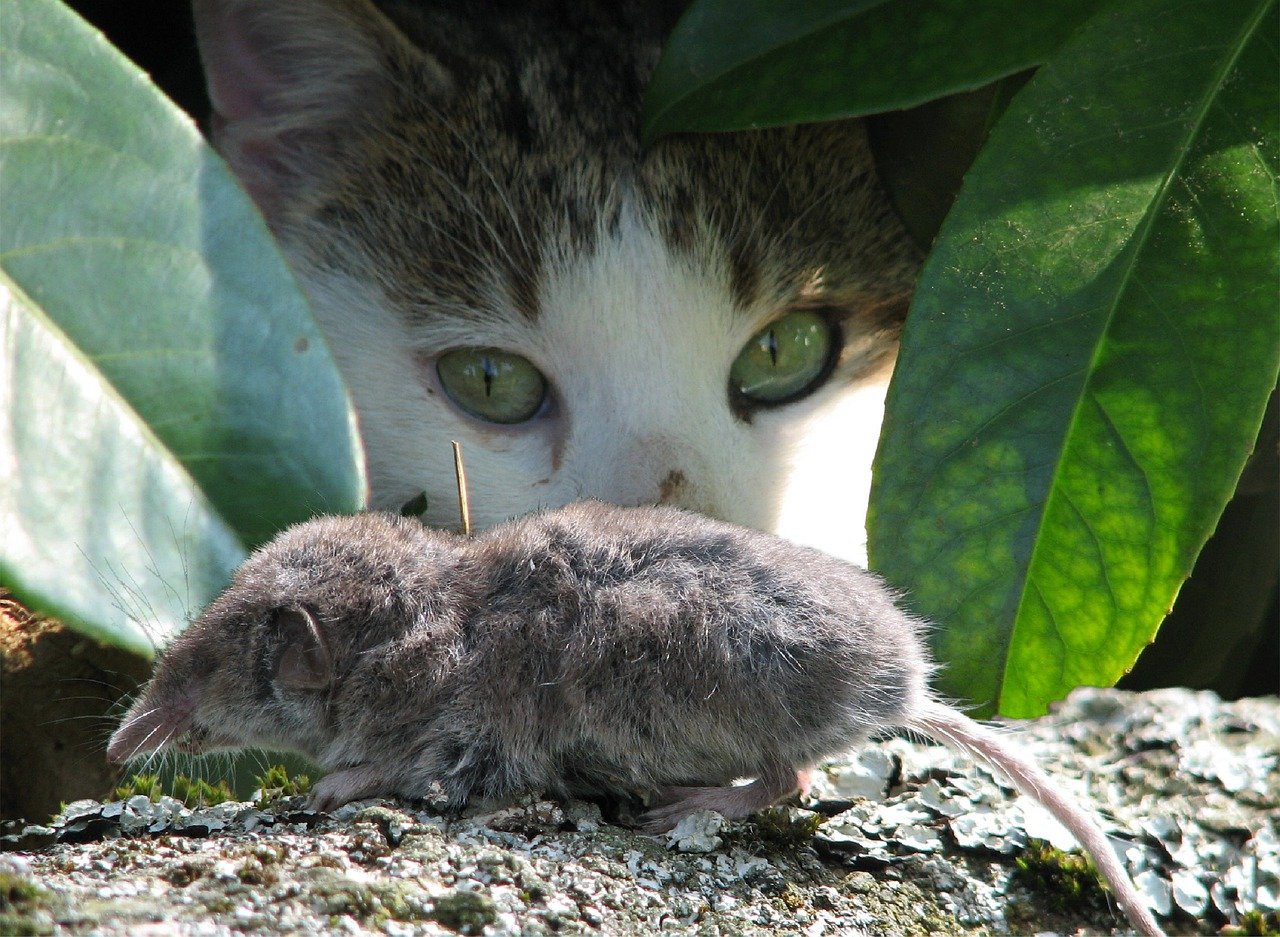Shrews are commonly mistaken for moles and mice. Shrews have five toes on every front foot, whereas mice only have four. Mice have wider eyes than shrews and lack the shrew’s extended face/snout. A shrew resembles a mole, but there are characteristics that enable you to differentiate between the two. First, moles are often larger than shrews. Moles have extended front teeth. Another difference between shrews and moles is their habitat: moles tunnel and live underground, but shrews thrive above ground.
Thus, it is vital to understand the differences between mice, moles and shrews in order to manage these small mammals in residential situations. You can get More information regarding shrews by contacting a pest exterminator.
What to do if your house is infested by shrews?
Shrews are members of the Soricidae family and have small bodies. Shrews are active all day and all night, searching for food all the time to sustain their fast metabolisms.
Shrews differ from rodents in that they prefer to be by themselves. They also like to hunt for food on their own and not in packs. They do this because they seek to get food, and in teh process destroy food supplies, and deposit droppings. Such small pests can be annoying and unhealthy because their urine and droppings contain bacteria or diseases that are transmissible to human beings.
Why shrews enter your home?
Firstly, because of their small size, they can easily fit through small openings in roofs, floors, and walls. Second, another reason shrews can be in your home is if there are easily accessible food supplies inside. Third, shrews might use your house as a safe, warm, and dark place to hide and build their homes.
How do you remove shrews from your house?
Nobody likes to deal with shrews entering into their house. These small beings are more than simply an annoyance; they may harm stored goods, contaminate food, and cause major health hazards with their droppings. Shrews are known for having a short life cycle; they reach maturity in as little as 30 days. Within weeks, young shrews gain mobility and become skilled at hunting and foraging, which increases their growth.
As a result, their prolific reproduction may cause serious problems if unchecked. Understanding these dynamics emphasizes how important it is to carry out efficient shrew management techniques in order to reduce their impact.
There are some steps you can follow to eliminate shrews effectively in your home:
-
Keep your house clean
Maintain a neat and tidy home, especially in wet and dark regions where shrews are likely to live. Clean up spilled food and drinks right away, and store objects that are not used often in an orderly way to prevent shrews from finding hiding places.
-
Seal the entry points
Very little cracks in your walls or floors might allow shrews to easily enter your house. You can restrict their entrance into your house by fixing or shutting these entry points as soon as possible.
-
Use natural repellents
Some specific natural scents when placed in areas that shrews often pass through deters them. Mothball, peppermint oil, vinegar, and mint leaves are some examples of these natural repellents.
WARNING! There is no scientific proof that natural remedies work to keep pests like shrews away.
Seek expert help with pest control.
Since shrews are violent and will bite if they feel threatened, people should avoid surrounding or capturing them if they find them within the house. Their saliva contains neurotoxins that cause irritation and can hurt the surrounding areas when touched. To safely and humanely get rid of shrews from their home, homeowners should get in touch with a professional pest control expert.




